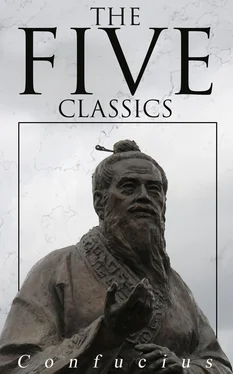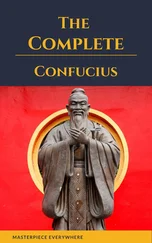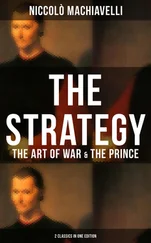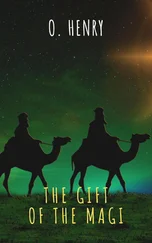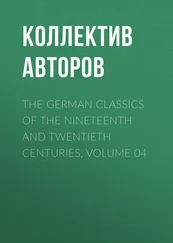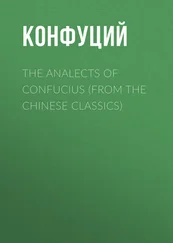XIX. 201. In Lin (we see) the strong (lines) gradually increasing and advancing.
2. (The lower trigram is the symbol of) being pleased, and (the upper of) being compliant. The strong (line) is in the central position, and is properly responded to.
3. 'There is great progress and success, along with firm correctness:'--this is the way of Heaven.
4. 'In the eighth month there will be evil:'--(the advancing power) will decay after no long time.
XX. 211. The great Manifester occupies an upper place (in the figure), which consists of (the trigrams whose attributes are) docility and flexibility. He is in the central position and his correct place, and thus exhibits (his lessons) to all under heaven.
2. 'Kwan shows its subject like a worshipper who has washed his hands, but not (yet) presented his offerings;--with sincerity and an appearance of dignity (commanding reverent regard):'--(all) beneath look to him and are transformed.
3. When we contemplate the spirit-like way of Heaven, we see how the four seasons proceed without error. The sages, in accordance with (this) spirit-like way, laid down their instructions, and all under heaven yield submission to them.
XXI. 221. The existence of something between the jaws gives rise to the name Shih Ho (Union by means of biting through the intervening article).
2. The Union by means of biting through the intervening article indicates 'the successful progress (denoted by the hexagram).'
The strong and weak (lines) are equally divided (in the figure). Movement is denoted (by the lower trigram), and bright intelligence (by the upper); thunder and lightning uniting in them, and having brilliant manifestation. The weak (fifth) line is in the centre, and acts in its high position. Although it is not in its proper position, this is advantageous for the use of legal constraints.
XXII. 231. (When it is said that) Pî indicates that there should be free course (in what it denotes):--
2. (We see) the weak line coming and ornamenting the strong lines (of the lower trigram), and hence (it is said that ornament) 'should have free course.' On the other hand, the strong line above ornaments the weak ones (of the upper trigram), and hence (it is said) that 'there will be little advantage, if (ornament) be allowed to advance (and take the lead).' (This is illustrated in the) appearances that ornament the sky.
3. Elegance and intelligence (denoted by the lower trigram) regulated by the arrest (denoted by the upper) suggest the observances that adorn human (society).
4. We look at the ornamental figures of the sky, and thereby ascertain the changes of the seasons. We look at the ornamental observances of society, and understand how the processes of transformation are accomplished all under heaven.
XXIII. 241. Po denotes overthrowing or being overthrown. We see (in the figure) the weak lines (threatening to) change the (last) strong line (into one of themselves).
2. That 'it will not be advantageous to make a movement in any direction whatever' appears from the fact that the small men are (now) growing and increasing. The superior man acts according to (the exigency of the time), and stops all forward movement, looking at the (significance of the) symbolic figures (in the hexagram). He values the processes of decrease and increase, of fulness and decadence, (as seen) in the movements of the heavenly bodies.
XXIV. 251. 'Fû indicates the free course and progress (of what it denotes):'--it is the coming back of what is intended by the undivided line.
2. (Its subject's) actions show movement directed by accordance with natural order. Hence 'he finds no one to distress him in his exits and entrances,' and 'friends come to him, and no error is committed.'
3. 'He will return and repeat his proper course; in seven days comes his return:'--such is the movement of the heavenly (revolution).
4. 'There will be advantage in whatever direction movement is made:--the strong lines are growing and increasing.
5. Do we not see in Fû the mind of heaven and earth?
XXV. 26In Wû Wang we have the strong (first) line come from the outer (trigram), and become in the inner trigram lord (of the whole figure); we have (the attributes of) motive power and strength; we have the strong line (of the fifth place) in the central position, and responded to (by the weak second):--there will be 'great progress proceeding from correctness; such is the appointment of Heaven.
'If (its subject and his action) be not correct, he will fall into errors, and it will not be advantageous for him to move in any direction:'--whither can he (who thinks he is) free from all insincerity, (and yet is as here described) proceed? Can anything be done (advantageously) by him whom the (will and) appointment of Heaven do not help?
XXVI. 271. In (the trigrams composing) Tâ Kh û we have (the attributes) of the greatest strength and of substantial solidity, which emit a brilliant light; and indicate a daily renewal of his virtue (by the subject of it).
2. The strong line is in the highest place, and suggests the value set on talents and virtue; there is power (in the upper trigram) to keep the strongest in restraint:--all this shows 'the great correctness' (required in the hexagram).
3. 'The good fortune attached to the subject's not seeking to enjoy his revenues in his own family' shows how talents and virtue are nourished.
4. 'It will be advantageous to cross the great stream:'--(the fifth line, representing the ruler,) is responded to by (the second, the central line of Kh ien, representing) Heaven.
XXVII. 281. 'Î indicates that with firm correctness there will be good fortune:'--when the nourishing is correct, there will be good fortune. 'We must look at what we are seeking to nourish:'--we must look at those whom we wish to nourish. 'We must by the exercise of our thoughts seek the proper aliment:'--we must look to our own nourishing of ourselves.
2. Heaven and earth nourish all things. The sages nourish men of talents and virtue, by them to reach to the myriads of the people. Great is (the work intended by this) nourishing in its time!
XXVIII. 291. Tâ Kwo shows the great ones (= the undivided lines) in excess.
2. In 'the beam that is weak' we see weakness both in the lowest and the topmost (lines).
3. The strong lines are in excess, but (two of them) are in the central positions. The action (of the hexagram is represented by the symbols of) flexibility and satisfaction. (Hence it is said), 'There will be advantage in moving in any direction whatever; yea, there will be success. '
4. Great indeed is (the work to be done in) this very extraordinary time.
XXIX. 301. Khan repeated shows us one defile succeeding another.
2. This is the nature of water;--it flows on, without accumulating its volume (so as to overflow); it pursues its way through a dangerous defile, without losing its true (nature).
3. That 'the mind is penetrating' is indicated by the strong (line) in the centre. That 'action (in accordance with this) will be of high value' tells us that advance will be followed by achievement.
4. The dangerous (height) of heaven cannot be ascended; the difficult places of the earth are mountains, rivers, hills, and mounds. Kings and princes arrange by means of such strengths, to maintain their territories. Great indeed is the use of (what is here) taught about seasons of peril.
XXX. 31Lî means being attached to. The sun and moon have their place in the sky. All the grains, grass, and trees have their place on the earth. The double brightness (of the two trigrams) adheres to what is correct, and the result is the transforming and perfecting all under the sky.
2. The weak (second line) occupies the middle and correct position, and gives the indication of 'a free and successful course;' and, moreover, 'nourishing (docility like that of) the cow' will lead to good fortune.
Читать дальше
